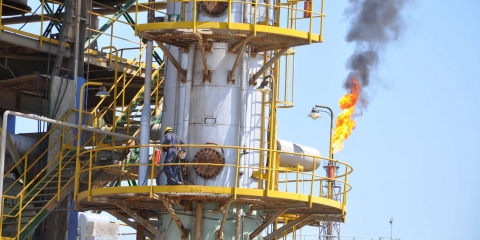The Islamic State’s toxic farewell: Environmental sabotage and chronic disease
Like any typical 15-year-old, Ahmed Jassim stays glued to his smartphone, watching music videos and playing games. In his family’s modest living room with dark concrete walls, the light from the phone’s screen illuminates his handsome but gaunt face. But unlike his peers, Ahmed doesn’t go outside to play soccer or fly kites. Simple activities […]Tamer El-Ghobashy and and Joby Warrick write for The Washington Post:
Like any typical 15-year-old, Ahmed Jassim stays glued to his smartphone, watching music videos and playing games. In his family’s modest living room with dark concrete walls, the light from the phone’s screen illuminates his handsome but gaunt face.
But unlike his peers, Ahmed doesn’t go outside to play soccer or fly kites. Simple activities tire him out quickly because his heart is permanently damaged, the result of inhaling the smoke that blanketed this town of farmers and shepherds after Islamic State militants ignited nearby oil wells.
“He hates life. He just hates life,” his mother, Rehab Fayad, said wistfully. “It’s affected him not just physically, but psychologically.”





